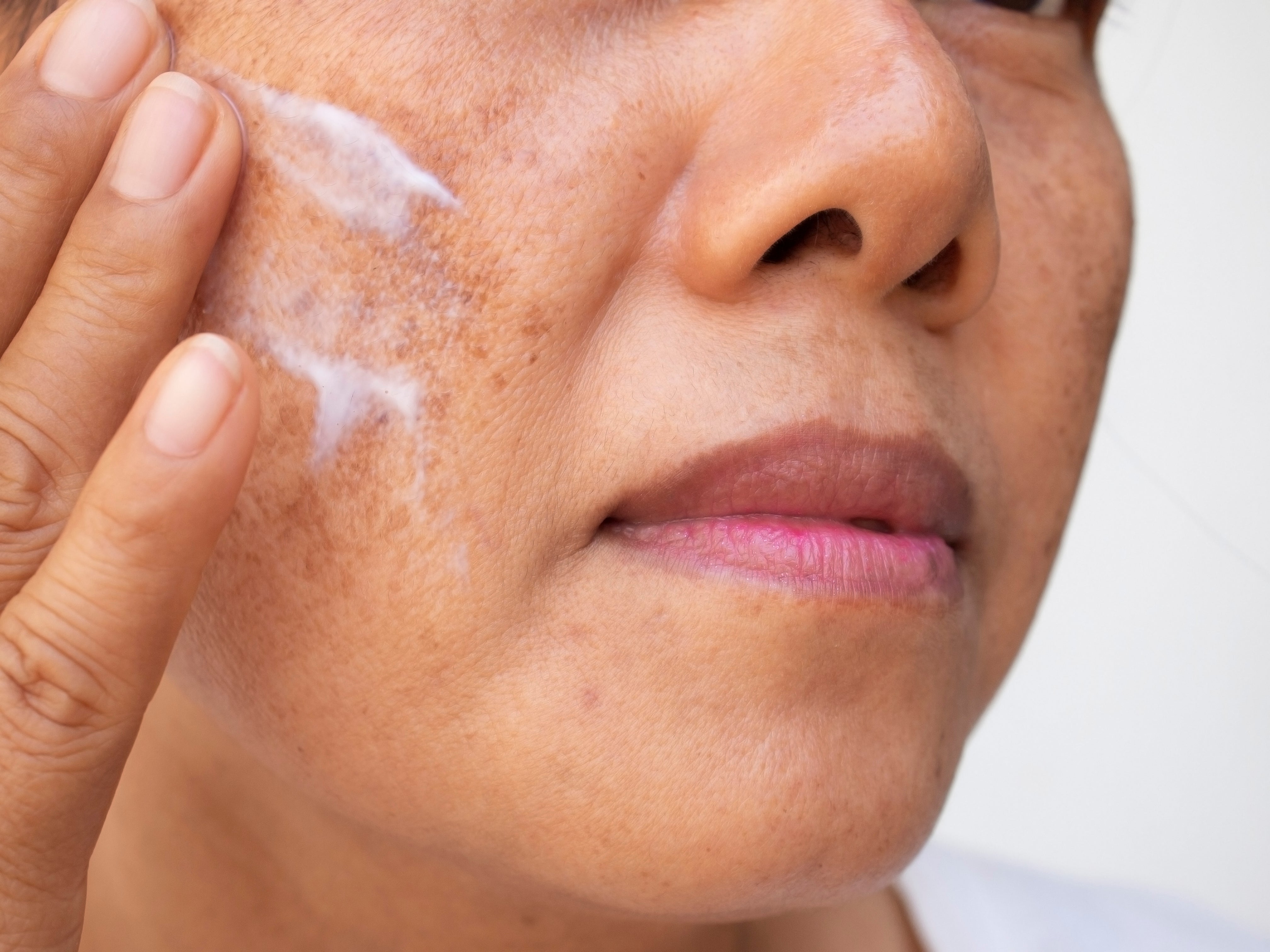
Pigmentation concerns can often be a source of frustration and insecurity for many individuals. Among the various pigmentation issues, two common ones are melasma and hyperpigmentation. While they may seem similar, understanding their differences is crucial for effective treatment and management. In this article, we'll delve into what each condition entails and explore how they differ.
What is Pigmentation?
Pigmentation refers to the natural color of a person's skin. It's determined by melanin, a pigment produced by melanocytes in the skin. Melanin not only gives skin its color but also helps protect it from the harmful effects of UV radiation. However, when melanin production becomes uneven or excessive, it can lead to pigmentation disorders.
Hyperpigmentation
Hyperpigmentation is a broad term used to describe the darkening of the skin in certain areas. It can be caused by various factors, including sun exposure, hormonal changes, inflammation, and skin injuries such as acne or cuts. When melanocytes become overactive and produce more melanin than usual, it results in patches of darkened skin. These patches can vary in size, shape, and intensity, and commonly appear on areas exposed to the sun, such as the face, hands, arms, and décolletage.
Melasma
Melasma is a specific type of hyperpigmentation characterized by symmetrical patches of brown or grayish-brown pigmentation on the face. Unlike other forms of hyperpigmentation, melasma is often triggered by hormonal changes, particularly during pregnancy (referred to as the "mask of pregnancy"), oral contraceptive use, or hormonal therapies. It can also be exacerbated by sun exposure, making it a challenging condition to manage.
Differences between Melasma and Hyperpigmentation
While both melasma and hyperpigmentation involve the overproduction of melanin, there are key differences between the two:
Causes: Melasma is primarily triggered by hormonal changes, while hyperpigmentation can result from various factors, including sun exposure, inflammation, and skin injuries.
Distribution: Melasma typically appears in symmetrical patches on the face, whereas hyperpigmentation can occur on any part of the body and may not be symmetrical.
Response to Treatment: Melasma can be more challenging to treat than general hyperpigmentation due to its hormonal component. While both conditions can improve with similar treatments, such as topical creams, chemical peels, laser therapy, and sun protection, melasma may require a more comprehensive approach that addresses hormonal fluctuations.
Treatment and Prevention
Regardless of whether you're dealing with melasma or hyperpigmentation, there are several strategies you can adopt to manage these pigmentation concerns:
Sun Protection: Sun exposure is a major exacerbating factor for both melasma and hyperpigmentation. Therefore, wearing broad-spectrum sunscreen with SPF 30 or higher and practicing sun-protective measures, such as wearing hats and seeking shade, is essential.
Topical Treatments
Over-the-counter and prescription-strength topical treatments containing ingredients like hydroquinone, retinoids, kojic acid, vitamin C, and niacinamide can help lighten pigmented areas and even out skin tone.
Professional Treatments: Consultation with a dermatologist or skincare professional can provide access to treatments like chemical peels, microdermabrasion, laser therapy, and prescription medications tailored to your specific pigmentation concerns.
iS Clinical Retinol+ Emulsion 0.3
The iS Clinical Retinol+ Emulsion 0.3 is a potent skincare solution designed to target hyperpigmentation effectively. Formulated with a gentle yet powerful concentration of retinol, this emulsion works to diminish the appearance of dark spots, uneven skin tone, and hyperpigmentation. By stimulating cell turnover and collagen production, it helps to reveal smoother, more radiant skin while reducing the intensity of pigmented areas. With continued use, the iS Clinical Retinol+ Emulsion 0.3 can contribute to a brighter, more even complexion, making it an excellent choice for those seeking to address hyperpigmentation concerns.
Understanding the differences between melasma and hyperpigmentation is crucial for effective treatment and prevention strategies. By adopting a comprehensive approach that includes sun protection, topical treatments, professional interventions, and hormonal management when necessary, you can effectively manage pigmentation concerns and achieve a more even, radiant complexion. Remember, consistency and patience are key when addressing pigmentation issues, so don't hesitate to seek professional guidance for personalized treatment recommendations.



